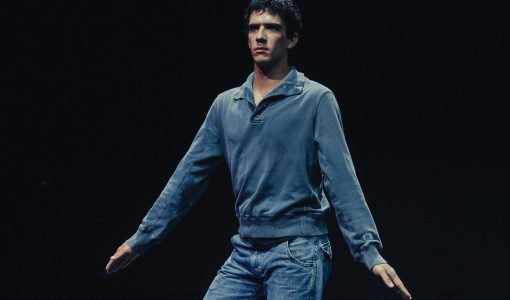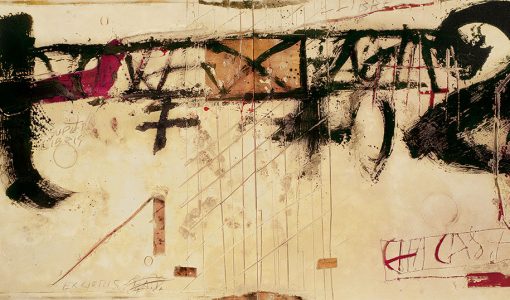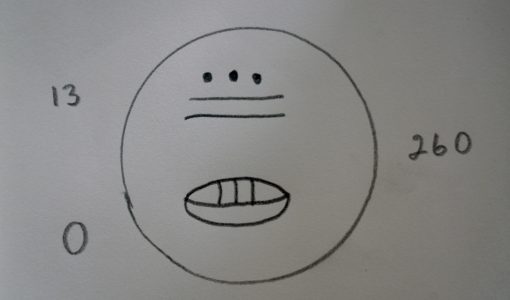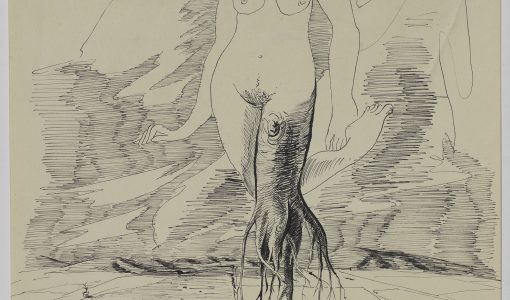Nasrin Tabatabai and Babak Afrassiabi. Inhale
23.10.2021 – 14.11.2021
Dates
23.10.2021 – 14.11.2021
Opening
Saturday, October 23th, 2021.
From 11.00 to 14.00 h
With the collaboration of:
Become a Friend
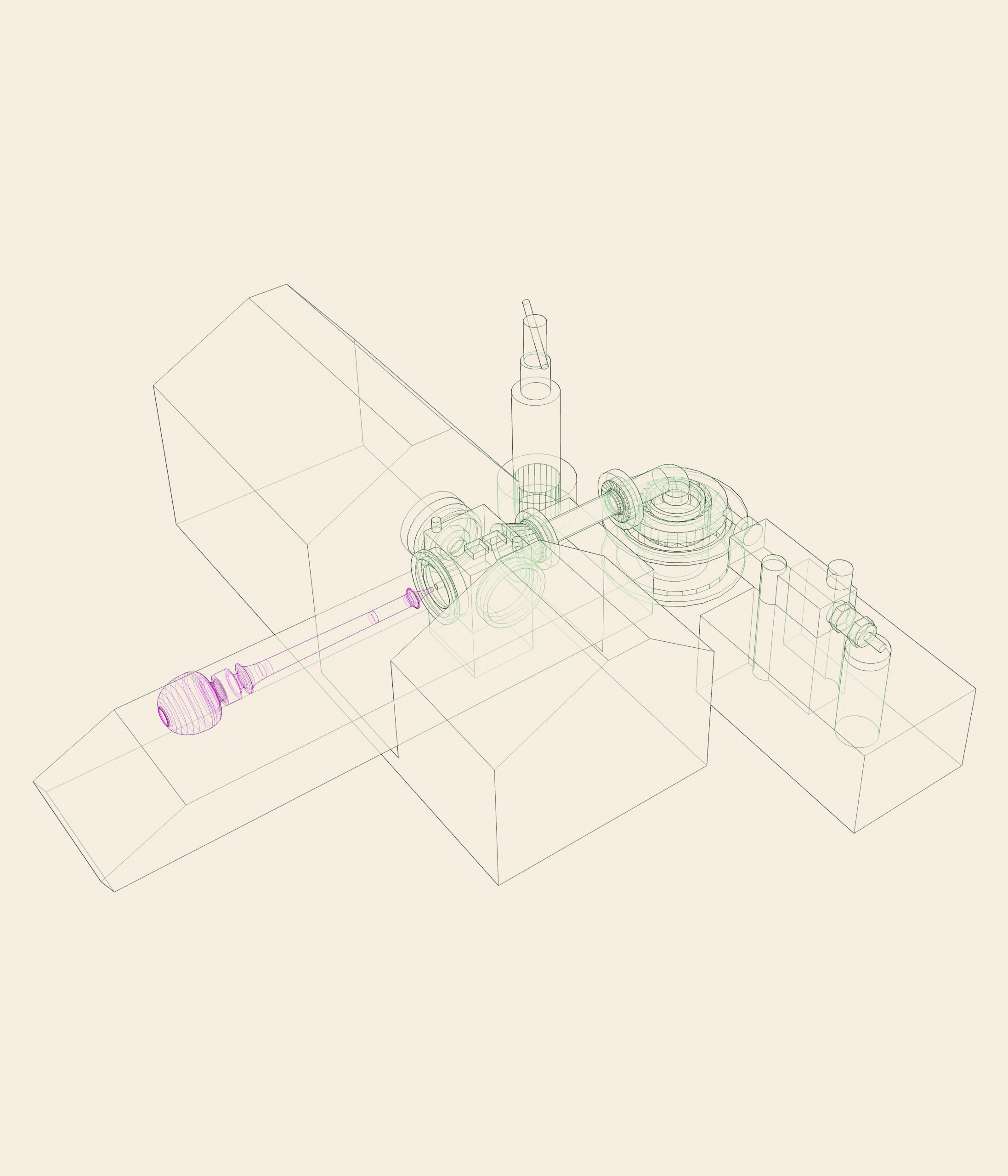
Sensible Grounds: Inhale
Exhibition and film screenings curated by Azar Mahmoudian.
Inhale (2016-2021) is an archive of fictional narratives and sounds that trace opium smoke in the junction of writing and breath. The narratives are written passages that chronicle instances of opium use in Iranian modern and contemporary novels and short stories from the 20th and 21st centuries. Each passage is a miniature scene of social interaction, with opium as the central agent.
Read together, they imply a genealogy of opium smoking channelled through various characters, objects and situations, mobilised to inhale, pass on, filter and navigate the smoke. A number of sculptural objects produced for the iteration at the Fundació Antoni Tàpies extend this genealogy and the figure of “passage”. They hold an algorithmically produced archive of sounds that simulate the sound of breathing as it is affected by the continuous inhalation of opium smoke. Opium smoke enters the lung and the deposition of carbon dust in the airways affects the sound of breathing, increasing the probability of crackles and wheezes in the airways.
Along the installation by Tabatabai and Afrassiabi there is the projection of Night of The Hunchback (1964) by Farrokh Ghaffari and Thicker Than Paint Thinner (2011) by Babak Afrassiabi. While in Inhale opium smoke flows from one scene to another, permeating the human narratives and setting forth its own forms of sociality, the films on display expand on notions of passage, residue, and ‘chronic’ states, in the context of embodied histories and necro-poetics.
Thicker Than Paint Thinner is based on the true story of a former drug addict-turned-revolutionary who sets fire to a cinema in Iran, a few months before the culmination of the 1979 revolution, unwittingly causing the death of nearly 400 people. Ironically, the film being screened at the time of the fire was the The Deer (1974), featuring a drug addict who becomes involved in political activism and eventually dies in a gun battle with the police. While the character in The Deer succeeds in dying for his cause, Afrassiabi’s protagonist is forsaken by the post-revolutionary establishment, even when he wants to give himself up and pleads to be punished. Adapted from a story in One Thousand and One Nights, Night of The Hunchback focuses on the last night in the life of an actor in a traditional comedy theatre troupe, who after a performance in the residence of a wealthy couple, accidentally chokes to death on their food. Attempts to dispose of his body, passes it through various strands of the society, unintentionally bringing into contact remote characters and dubious activities. At the end of the film, the police officer thanks the dead hunchback for exposing the underbelly of the city.
The artists Nasrin Tabatabai and Babak Afrassiabi have collaborated since 2004. They also publish a bilingual (Farsi and English) magazine called Pages, which is edited parallel to the ongoing topical lines of their projects. Issue 10 of the magazine, Inhale, was printed and published recently. In 2018, they launched an online platform pagesmagazine.net, which expands the magazine’s editorial focus. They often extend their work from unresolved historical narratives that demand forms of approach that are materially, temporally and aesthetically undecidable. Their recent projects are concerned with making speculative junctures between history, archive, technology and the practice of art.
The ongoing multi-chaptered program Sensible Grounds, curated by Azar Mahmoudian brings together moving image practices including sculptural installations, archival material, films that test fiction and other conventions, sometimes even dispensing with images entirely. It thinks through the continuity of intergenerational time and memory and the apparent repetitions of contemporary political struggles.
It attempts to understand such chronic experiences neither as pathological loopholes, nor as pre-emptive absorptions of these struggles by the constancies of history. It approaches the chronic as stretched and dilated time. Borrowing the term ‘chronic’ from the drug culture, Elisabeth Freeman brilliantly rearticulates the ‘chronic’ states as a tearing apart of dominant temporalities of the linear, a condition in which multiple and varied presences and rhythms are possible. In this way, intergenerational time and memory could become holding grounds for concurrent and synchronised desires.
Recent iterations of the programme include That’s How We Undo It, at Lux, London; and Tuning into the Rhythms of the Chronic at Nida Art Colony. It is presented as part of the European Cooperation project 4Cs: From Conflict to Conviviality through Creativity and Culture, co-funded by Creative Europe.
Nasrin Tabatabai & Babak Afrassiabi. Counting Opium Smoke (2018). Digital drawing.
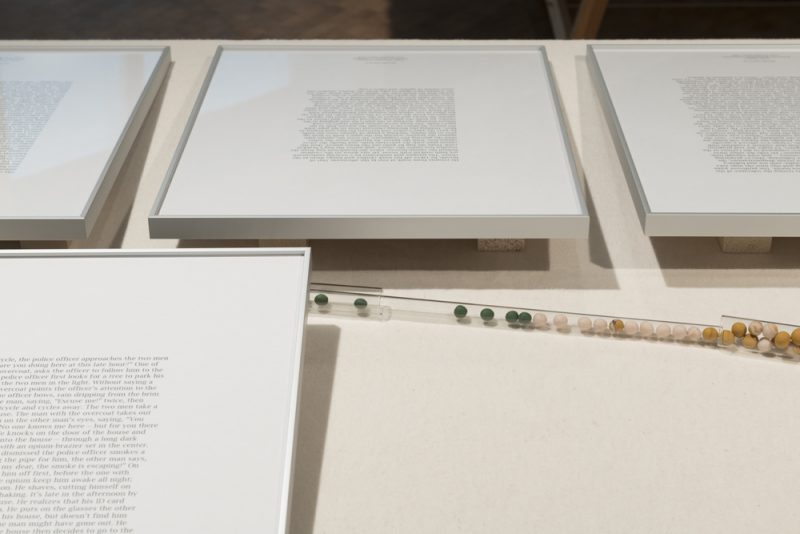
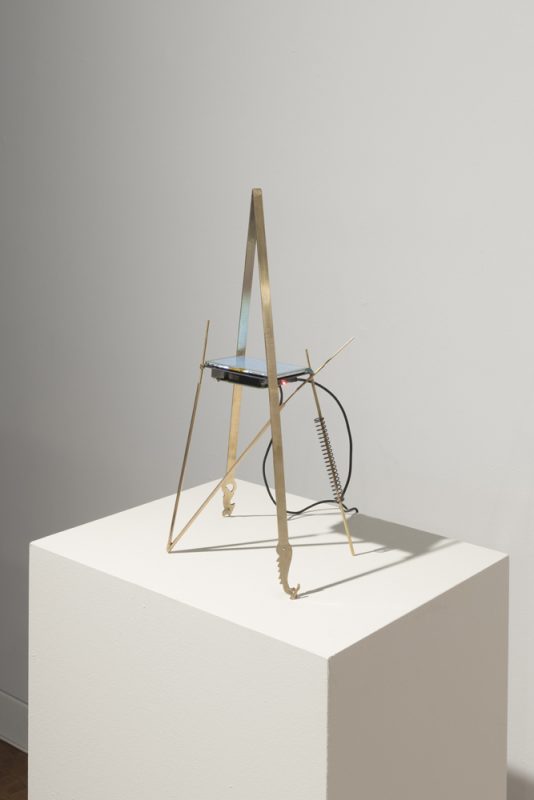
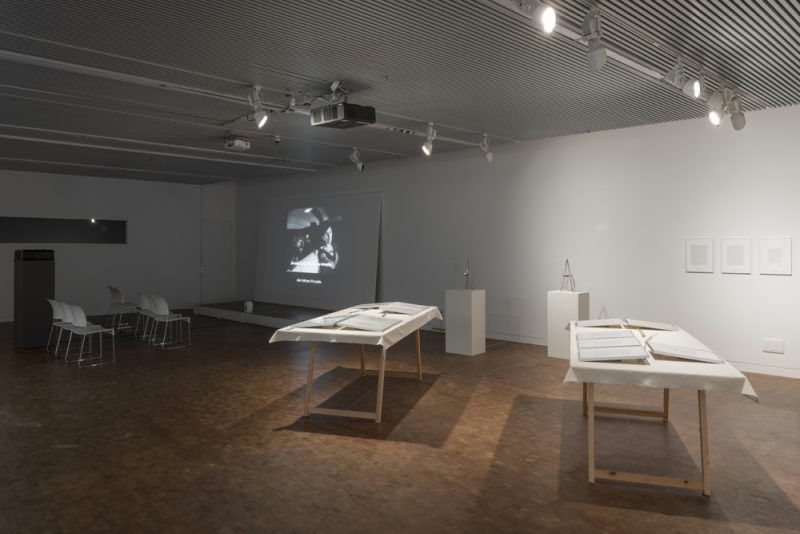
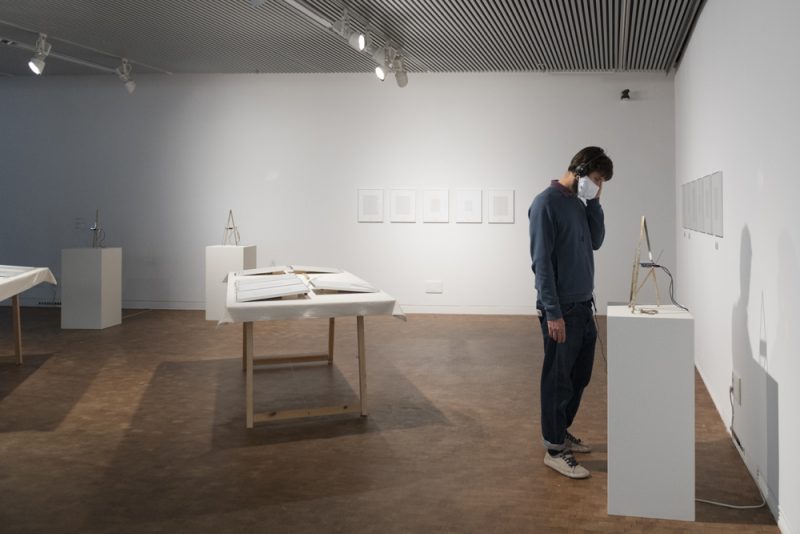
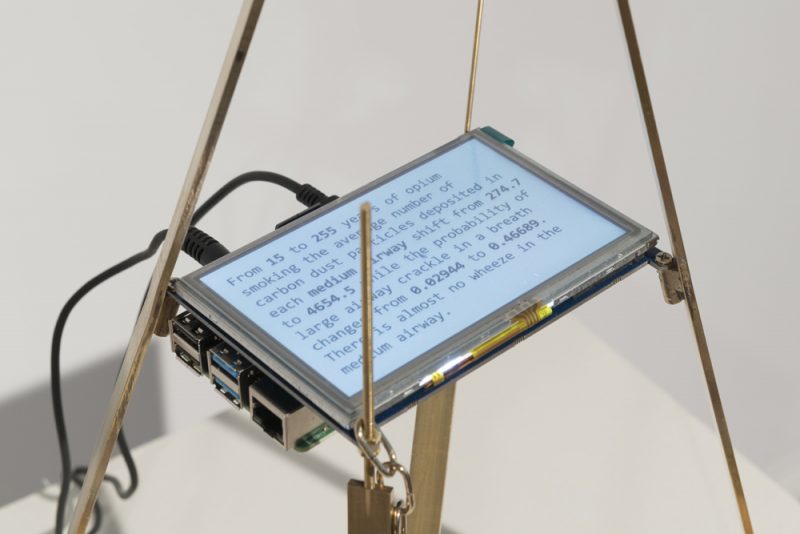
Dates
23.10.2021 – 14.11.2021
Opening
Saturday, October 23th, 2021.
From 11.00 to 14.00 h
With the collaboration of:








